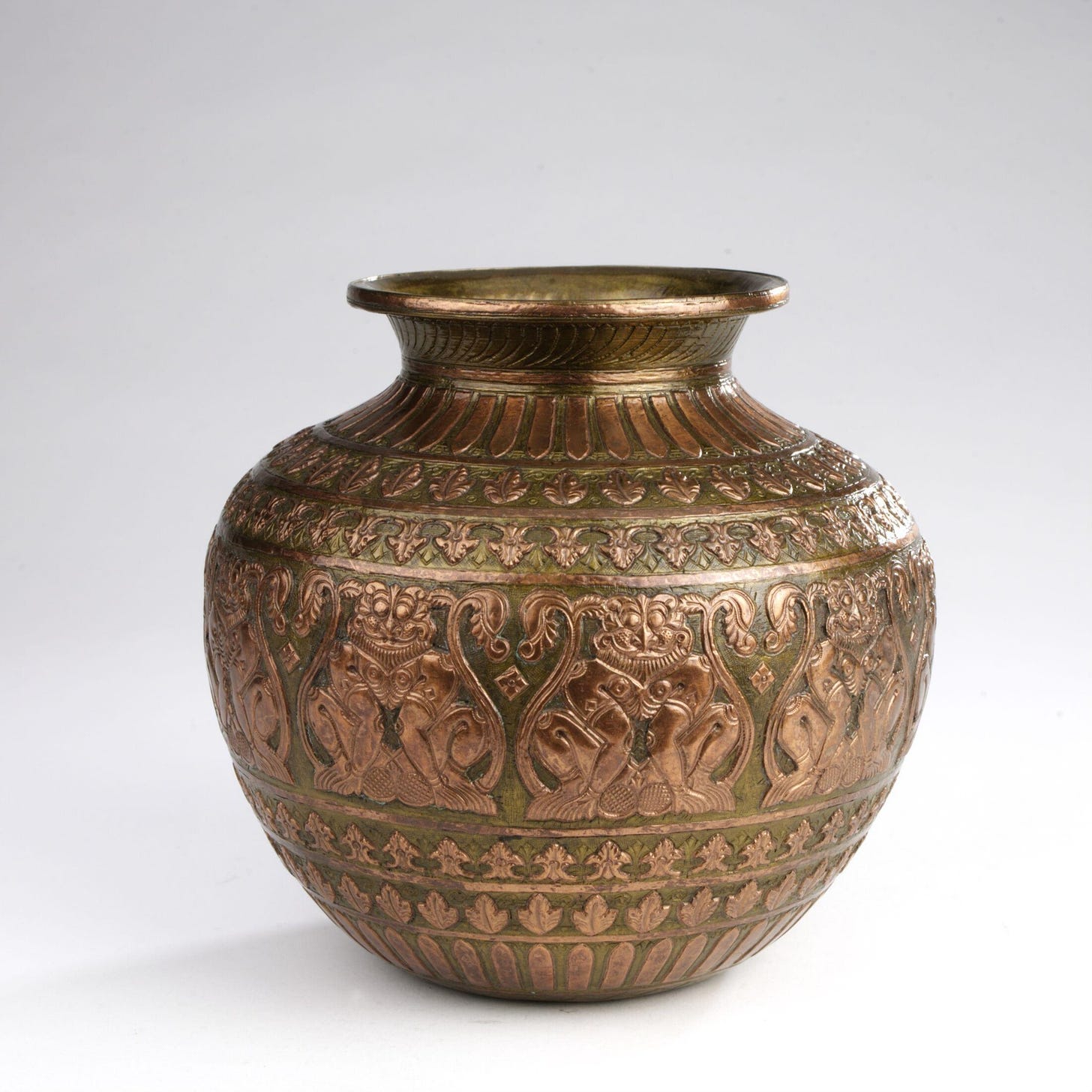For Design Lobster #74, we’re grappling with the question of objectivity in design work. From the design of the UK electricity pylon to a type of Indian water jar known as the Lota – beloved of Charles and Ray Eames.⚱️
✨ This week I’d also like to share with you another newsletter that I’ve been enjoying recently. It’s called Creativerly and each Sunday, Product Designer Philipp Temmel shares helpful reviews of all manner of tools for designers to improve their productivity, craft and creativity.
Recent issues have covered clever personal task managers, no-code tools and much more. I also personally love that each issue also includes links to thought-provoking articles on design from the past week.
You can check out Creativerly and sign up here ➡
Question: Who designed the UK electricity pylon?
Electricity pylons have been lamented by some as blots on the landscape ever since the first one was installed in Bonnyfield, near Falkirk in Scotland, in 1928. Their divisive looks are attributed to Sir Reginald Blomfield, but the US engineering company Milliken Brothers were also on the team that won the competition for their design in 1927. That design, which has lasted for ninety years, was driven by structural economy – each tower is essentially an A-frame with just enough bracing to support six 400kV power lines in long crackling garlands.
Despite their many rational qualities, it’s striking that Sir Reginald drew inspiration for their design from Classical architecture. The term pylon refers to the monumental entrance of an Egyptian temple complex, which he reimagines here in lightweight structural steel. Whether or not you can see the connection, it’s often true that even the most objective design process has a more romantic starting point like this.
Design takeaway: Are you keeping the objective and subjective balanced in your design?
⚡️Think pylons don’t deserve the aesthetic criticism they get? Don’t worry, there’s a Pylon Appreciation Society you can join.
Object: Lota

Charles and Ray Eames had an obsession with a type of Indian water jar, known as a Lota. Coming in various sizes, its wide base and narrow neck make it well-balanced and easy to carry by hands, hips or on the head. In their 1958 India Report, which was commissioned by the Indian Government, the design duo single out this simple everyday vessel as an example of what designers making new things for the then newly independent state of India, should aim for.
“…no one man designed the Lota but many men over many generations.”
Charles and Ray Eames – The India Report
The Eames’ reflected on the way that a vernacular process, taking place over generations of untrained designers, had evolved an object with excellent ergonomic properties, ideal for the tasks of fetching, carrying and storing water. Their challenge to a new generation of designers was to make things of an equivalent quality but in a new way, through an objective and reflective process of design.
Design takeaway: How could your design have some of the qualities of a Lota?
⚱️Watch a video about the Lota from the National Institue of Design Ahmedabad.
Quote: “A leaf is beautiful…because it is natural, created in its exact form by its exact function. A designer..does not smother his object with his own personal taste but tries to be objective. He helps the object, if I may so put it, to make itself by its own proper means, so that the ventilator comes to have the shape of a ventilator.’”
– Bruno Munari, author of Design as Art
I’ve always found this quote fascinating. Bruno presents the role of a designer almost as a kind of life coach for inanimate things – coaxing and encouraging an object to become the best version of itself.
Personally, I think what Bruno describes feels like something more blurred than pure objectivity. Whilst using reason, Bruno’s ideal designer also seems to be motivated by a kind of empathy for the object – trying almost to become one with it in order to make it better.
Have a great week,
Ben 🦞
Enjoyed this week’s Design Lobster? Let me know by clicking the heart button.
👇





I have no evidence to quibble with the statement - "no one man designed the Lota but many men over many generations". I daresay many men did, but I suspect it was the women that did the lifting while the men observed!